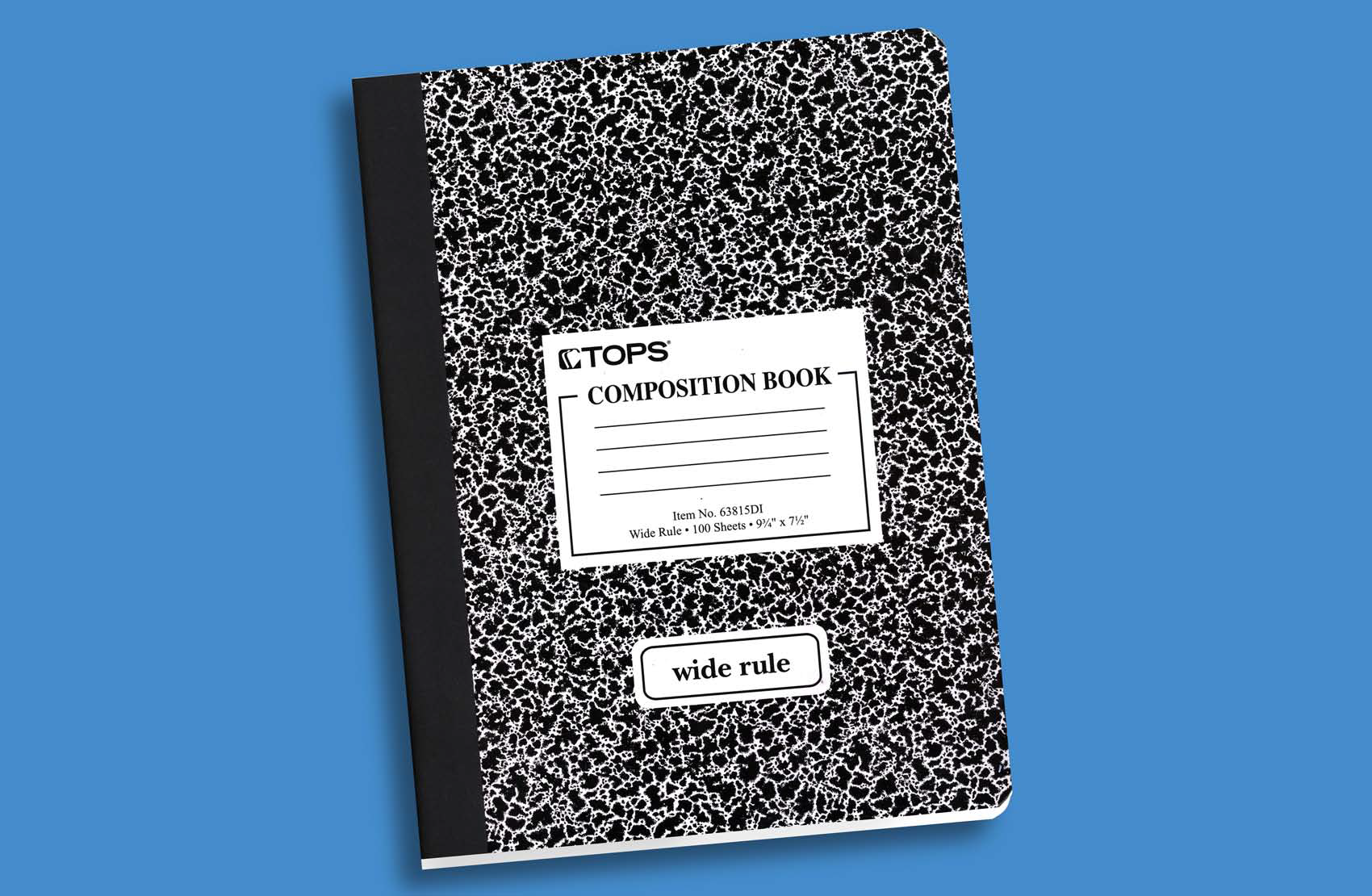Interactive Notebook
Dear Scholar,
During your time with us, you will be given a notebook that can be used to record and process the information that will be presented to you. The purpose of this notebook is twofold:
1) it will serve as a compilation of the workshop material you will experience,
2) it will contain suggested curricular strategies that can be used upon your return to your classroom.
The notebook itself is an interactive notebook. It is meant to contain a “left-side,
right-side” orientation. The “right side” contains the information that you receive from
the various presenters you hear in this workshop. The “left side” records your personal
responses to the material in a variety of creative ways, both teacher selected and student
elected. One of the advantages of this approach to the learning of history is that it
allows students with various learning styles and strengths to interact with history in
different, often self selected, ways. It also invites a certain playfulness.
LEFT SIDE (Output) RIGHT SIDE (Input)
(student generated)
opinions, questions, feelings, new ideas
This side stresses the idea that information delivered is not necessarily information learned. It allows the student to actively respond to new ideas, thoughts, facts and opinions. Students use a variety of creative strategies to engage with the material. Possible student activities might include: picture drawings, questions, opinions. Possible teacher suggestions for student interaction might include: illustrations, maps, forms of poetry, historic journals, time lines etc.
(teacher generated)
class notes, discussion notes, handouts
EXAMPLE:
The Life of Junipero Serra
1. Draw a map that illustrates
the journey that Junipero Serra
made from Spain to Mexico.
2. Create a Venn Diagram that compares Serra’s life in Spain to his
life as a missionary in the New World. (include food, shelter, clothing etc.)
3. Select four words (word bank or lexicon) that best describe a part of Serra’s life. Select one of the words and explain why you chose it.
(This can be a paragraph or more depending on grade level)
4. Illustrate a time line of Serra’s life.
5. (grades 8-12) What, in your opinion, would motivate a person to give up
a life of relative comfort for a life of extreme hardship? Find an example of such a person in today’s world and compare them to Father Serra.
6. What if Father Serra had chosen not to come on the “Sacred Expedition”? Do you think it would have made a difference? Explain your answer.
1. Junipero Serra was born in Petra, Mallorca, Spain in 1713.
2. He joined the Franciscan Order.
3. He earned a doctoral degree in Theology.
4. He traveled from Spain to Mexico to become a missionary to the Indians.
5. He lived a life of extreme hardship.
6. He founded nine of the twenty nine missions.
Curricular Strategies for Interactive Student Notebooks
(from HISTORY ALIVE)
1. Advertisements
2. Annotated Illustrations
3. Annotated Slides – simple sketches
4. Book Covers
5. Caricatures
6. Eulogies – write eulogies for famous or infamous characters in history
7. Facial Expressions – for example, groups of opposing people
8. Flow Charts – showing steps in a sequence
9. Forms of Poetry
10. Historical Journals – assume the role of historical figures in history
11. Illustrated Dictionary Entries – showing the meaning of various vocabulary needed to understand
12. Illustrated Time lines
13. Invitations – design invitations that highlight historical events
14. Making Connections Outside the Classroom
15. Mind Notes – design balloons with text inside illustrating character’s thoughts
16. Newspaper Articles
17. Political Cartoons and Comic Strips
18. Postcards
19. Posters
20. Report Cards for various government officials
21. Spectrums – place information on spectrums to show multiple perspectives
22. T-Charts – showing comparisons
23. Venn Diagrams – comparisons
24. “What If?” statements


